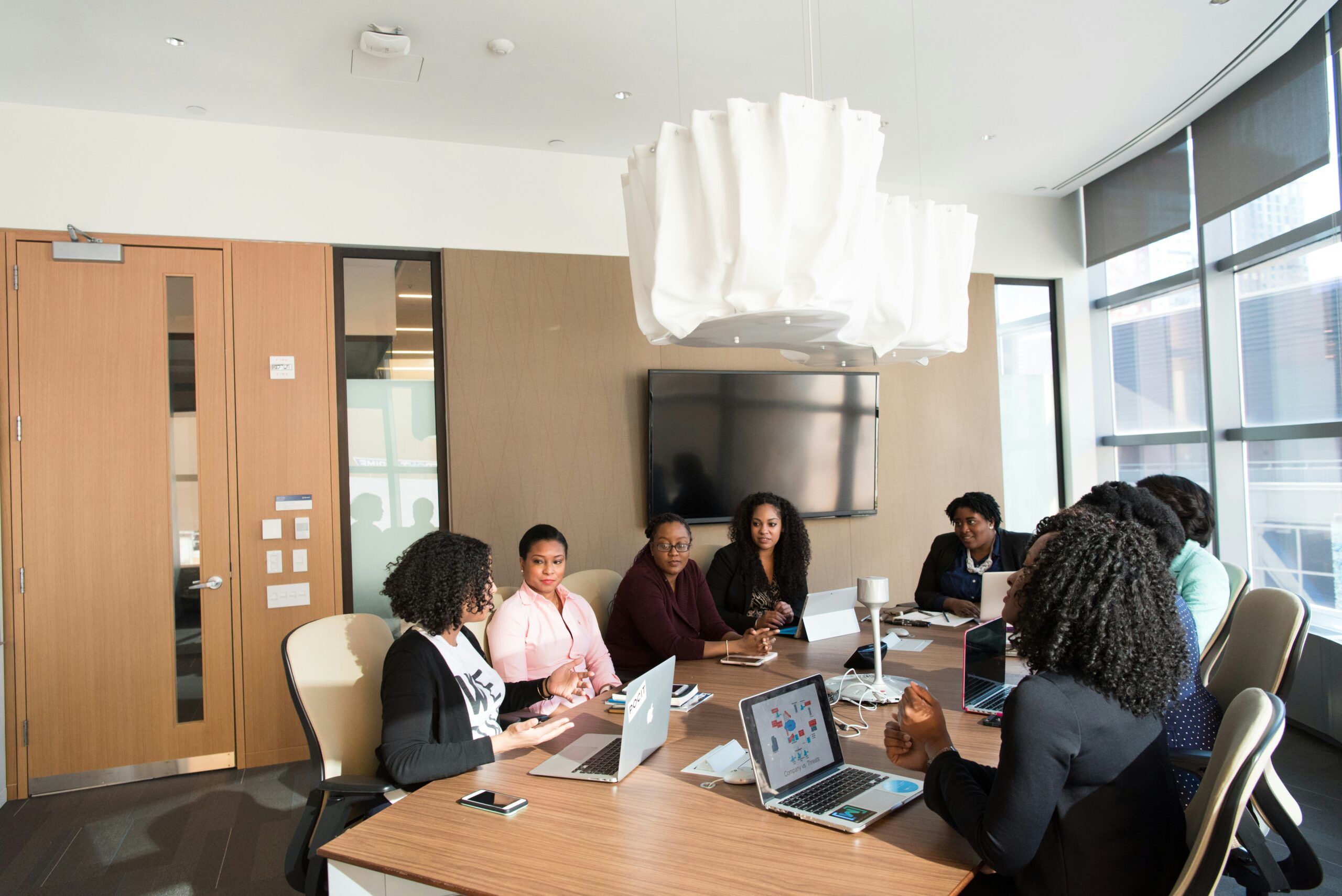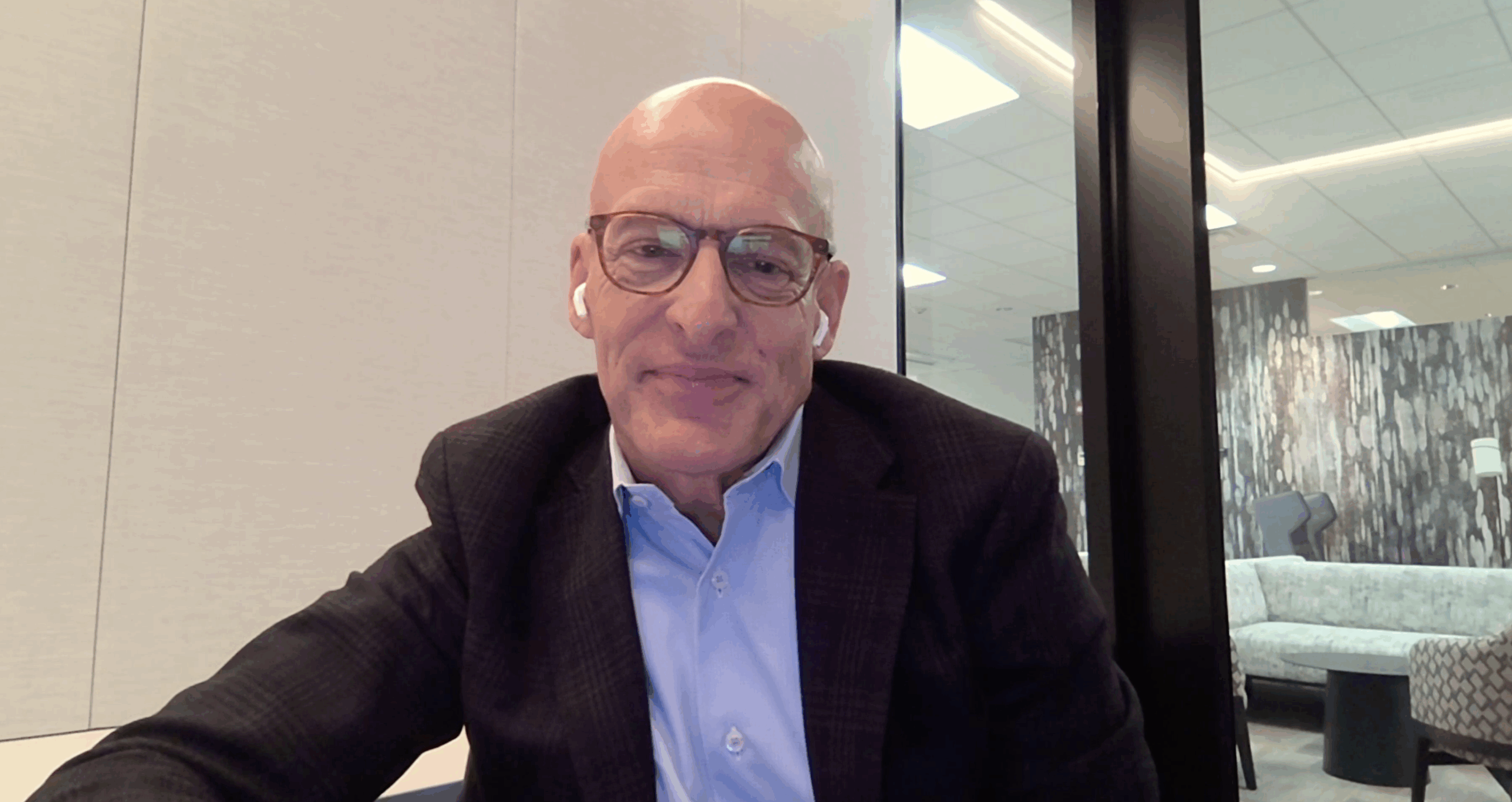In today’s environment of relentless disruption—whether driven by AI, economic volatility, or shifting employee expectations—CHROs are under growing pressure to guide their people through uncharted territory.
Traditional command-and-control leadership models fall short during moments of true complexity, such as when navigating organizational transformations, market disruptions, and workforce evolution. When the pace of change overtakes existing playbooks, companies need leaders who can adapt, pivot, and mobilize their teams in real time. That’s where adaptive leadership comes in.
Adaptive leadership is more than a nice-to-have. It’s a foundational capability for successfully leading through change. It empowers leaders at all levels with the necessary skills to manage and engage their workforce, and evolve in step with rapidly shifting demands.
For CHROs and L&D leaders, building these skills across the organization is key to fostering resilience, improving change outcomes, and sustaining a competitive edge.
To guide you in getting there, we will first define adaptive leadership, break down its essential skill set, and outline practical, actionable tactics for embedding it into your leadership development strategy. Whether you’re preparing for your next transformation or simply striving to future-proof your workforce, this is your guide to doing it right.
What Is Adaptive Leadership and Why Does it Matter?
Adaptive leadership is the practice of mobilizing people to tackle tough challenges and thrive during periods of uncertainty and change.
You can think of an adaptive situation as one of unexplored territory. The challenge is new, there is no defined way of solving it, and it can be difficult to know if your planned approach will be effective. Adaptive challenges require new forms of learning, innovation, and behavioral change.
This differs from technical leadership, which addresses known problems by applying established solutions. It may require extensive resources and can be challenging to identify exactly what approach is needed, but eventually, you’ll get there.
There’s an undisputed correlation between adaptability in leadership and business success, as companies that demonstrate flexibility enjoy greater change management, improved employee engagement during transitions, and stronger organizational culture evolution. This is especially true in light of unique workplace challenges, including:
- Rapid technological advancement that demands constantly shifting skill sets, accompanied by frequent hiring and upskilling programs
- Changing workforce expectations brought to light by factors such as quiet quitting, a focus on social issues, and differences between generations
- Economic volatility and crisis management reflected in pessimism about global production
- Post-pandemic organizational transformation that has left questions about work-from-home issues and work-life balance
The Advantages of Adapting to Adaptive Leadership
Acclimatizing to constant change may be difficult, but it delivers significant rewards. To prove the point, consider the fact that 70% of change initiatives do not succeed. If you wish to be part of the 30%, that will demand real effort from the entire organization. Here are some reasons why it’s worthwhile:
- Companies that get high scores for employee adaptability see engagement and innovation rates that are about six times higher than low-scoring companies.
- LinkedIn described adaptability as the fastest growing skill of 2022-2023 because it leads to versatility and stability in the face of changes like the increase of artificial intelligence.
- A Harvard Business School survey determined that adaptability is cited by 71% of executives as the most important leadership quality.
6 Skills of Adaptive Leaders in Today’s Workplace
Adaptive skills should be part of every employee’s repertoire, but they are especially vital for leaders. Whereas a talented worker uses skills to improve the quality of their own output, leaders must coordinate an entire team’s abilities during times of change. So keep in mind that many of the skills listed below have two dimensions for leaders: their own tasks, and those of their teams.
- Collaboration
According to McKinsey, collaborative skills provide “a more adaptable and powerful organizing construct”. Enabling individual employees to collaborate is the key to all other adaptive skills because it brings out the collective genius of the group. As detailed below, McKinsey provides many examples of this and other adaptive skills in action at leading companies.
Leaders who are great at collaboration encourage their teams to innovate and take risks. They also recognize that some workers will resist change, so they tap into their emotional intelligence to understand those concerns and bring them onboard.
Internally, good collaborative leaders put their egos aside and can admit their mistakes while letting employees create solutions. In the meantime, they ensure that all stakeholders are kept in mind.
One real-life anecdote is that of AON, a financial services company. The company had been formed through a series of acquisitions. AON discovered a serious problem of service duplication and competition within the company whenever new clients were recruited. Through meetings with the original leaders of each acquired company, AON discovered that the drive to gain new clients that had benefited the previously independent branches was now an interference. Managers did not want to relinquish control. So AON implemented L&D programs to create mandatory collaboration among thousands of employees, along with a focus on teams that worked across branches.
- Problem-Solving
As opposed to creative thinking (see below), problem-solving starts with an analysis of what is going wrong. This is a major hurdle because an explanation for poor output, for example, is not always clear. Is it an issue related to training, techniques, equipment, or all three?
Leaders often use frameworks to organize team efforts around problem-solving, such as IDEAL:
- Identify the problem
- Describe the outcome
- Explore possible strategies
- Anticipate outcomes and then act
- Look and learn
In the case of the Development Bank of Singapore (DBS), managers had to confront an established mindset in their attempt to become a world-leading bank. It began with a strategy based on DBS’ core competencies in the belief that relying on existing capabilities was the way forward. But, after a collective problem-solving effort, this was rejected in favor of concentrating on building the best customer experience possible.
- Creative Thinking
Not every adaptive challenge stems from an immediate threat. But great leaders keep one eye on the future and preempt change by adapting ahead of time. In this way of thinking, every opinion has value, because it’s difficult to instill creativity. Inspiration is something that often “just happens”.
A successful example of creative thinking is the Netflix story. Although it was already doing well as a DVD-by-mail rental service, it had decided to use digital transformation to become a global entertainment distribution company.
From that single idea, Netflix expanded into areas including digital video streaming and movie production. It only ended its DVD rental service in 2023, after 25 years of operations (customers were not required to return those final discs).
- Decision-Making
Both creative thinking and problem-solving tend to result in a range of possible solutions, but most organizations have the time and resources to test only the best ideas. Decision-making, enabled by critical thinking, is essential for narrowing down a short list of the strategies that you are going to try when adapting to new situations.
Decision-making in action can be illustrated by the financial software company Intuit. After a period of success, the company found that it was not growing. It responded by creating a culture that prized innovation, experimentation, and even failure, with speed as a priority. The trick for making this system work was a rapid process for choosing solutions with the highest potential. Intuit put an emphasis on establishing clear responsibilities so that minimal noise was generated by the process of innovation and evaluation.
- Change Management
Managing change is a process that is critical to every organization expecting to survive. It has four stages – realization (do we have a problem?); planning (how do we solve this problem?); implementation (let’s solve this problem!); and review (did we solve the problem?).
The most complex step for leaders is the planning stage. It’s often a group of managers who cooperate to decide on the strategies, metrics, tasks, and employees who will be involved. Change management is a true test of collaborative ability, because it’s one thing to be in charge of subordinates, and another for leaders of similar rank (but often different goals) to work in a productive and rapid manner.
One organization that had to confront a massive number of changes at once is TELUS. A new executive team, an IPO, rebranding, M&A, ambitious growth targets, and a move to AI were all on the list. To handle it all, TELUS and Growthspace created an extensive L&D program based on identifying key skills, 1:1 training sessions, and workshops. The result was an engaged leadership team that rapidly acquired the skills to handle a comprehensive business challenge.
- Stress Management
We’ve touched on reactions to change such as resistance and argumentativeness. There are many more ways in which employees behave when adaptation is necessary, but for the sake of simplicity, they can be summarized as a feeling of stress. This can result from small issues such as changing a procedure, all the way to major concerns like pending layoffs. Leaders are especially vulnerable during times of change because they need to address employee concerns while managing their own feelings.
Caring for employees might take the form of expressing empathy and engaging in small talk. It helps to be honest and direct, explaining why changes are necessary in the first place.
One company that took seriously the challenge of employee stress is Novo Nordisk, a pharmaceutical manufacturer. They recognized that people experience stress differently and set up a system of risk identification. Then, they implemented ways to minimize employee stress by, for example, changing job designs, promoting self-reporting, and getting teams involved in helping each other.
3 Steps for Implementing Adaptive Leadership Development in Your Organization
Building adaptive leadership capabilities across your organization might seem complex. But with the right process in place, you can set up a sprint-based, personalized system for developing adaptive leadership skills (as well as many other critical abilities).
Step 1: Assessment and Baseline Establishment
Customized L&D begins with understanding what skills your leaders already have. For adaptive leadership, this means competency assessments specifically for change readiness. The process might include 360-degree feedback that discusses the adaptive behaviors of individual leaders. Because change is often a company-wide effort, an analysis of organizational culture is also a valuable move to make.
This procedure will result in the identification of high-potential leaders who should be first in line for L&D. Keep in mind that leaders will often have a certain level of competency in most soft skills, even though learning and development courses are useful for creating abilities from the ground up.
Step 2: Development Program Design
Now that you’ve built a list of adaptive skill areas that require improvement, it’s time to implement courses. You’ll need access to a range of L&D experts (trainers, external mentors, and coaches) who specialize in the skills on your list. Always look for accredited experts with great track records and verifiable clients.
Together, you and the expert need to decide on the setting for training. For instance, coaching is an excellent method for 1:1 precision skill development, while you might also consider coaching and mentoring programs for multiple employees who all have upskilling needs in the same areas. Adaptive skill-based workshops as part of leadership development programs are an effective method for saving resources. In the case of organizational goals such as succession planning, cohort-based skills development is great for high potentials moving into leadership roles.
Step 3: Measurement and Continuous Improvement
According to the Harvard Business Review, evidenced-based learning and adaptation is principle #1 for guiding adaptive leadership. But evaluating skills, L&D courses, and experts is not so simple. You’ll need to pay attention to leading indicators such as engagement during periods of change, speed of decision-making, and innovation capabilities.
It is the same story with lagging indicators: change initiative success rates, employee retention during transitions, and organizational agility scores. These metrics depend on building feedback loops between development efforts and organizational outcomes.
Success in an Era of Constant Change
Building adaptive leadership skills isn’t a “nice-to-have” for modern organizations. Adaptive leadership is simply crucial for survival; it is a strategic imperative that requires intentional investment and a systematic approach.
CHROs are in a unique position to champion adaptive leadership development and create the conditions for organizational resilience. While the journey requires commitment and resources, the payoff in terms of organizational agility, employee engagement, and competitive advantage makes it more than worthwhile.
But why reinvent the wheel? The Growthspace precision skill development platform was designed for customized learning, especially for leaders in search of adaptive skills. For more information or to book a demo, contact Growthspace.




